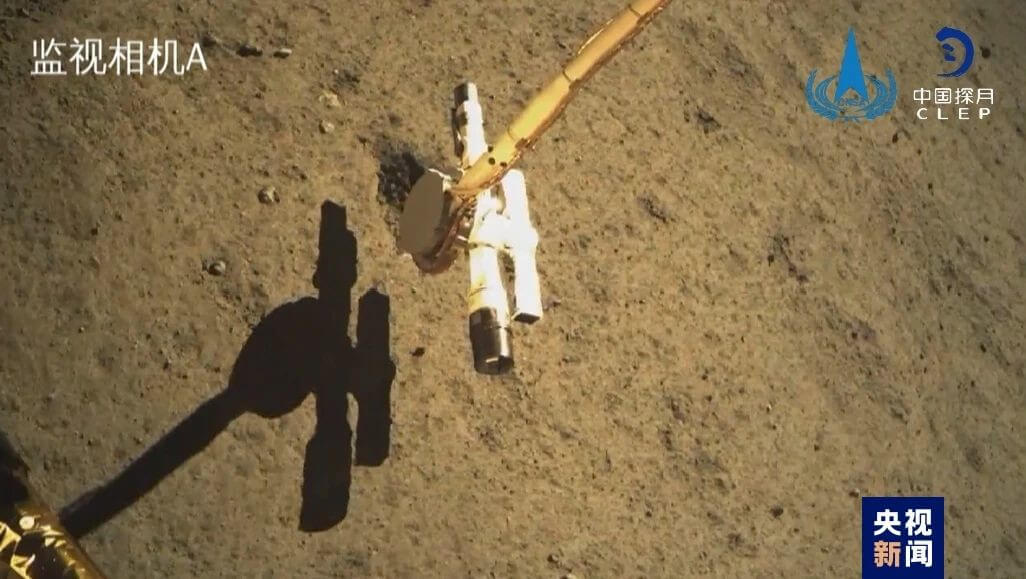China’s Chang’e spacecraft takes off with the first samples collected from the far side of the Moon

The ascent module of China’s Chang’e-6 probe blasted off from the lunar surface this morning, delivering samples collected on the far side of the Moon, representing an unprecedented feat in the history of human lunar exploration. predetermined orbit around the moon, the China National Space Administration (CNSA) indicated.
The Chang’e-6 probe, like its predecessor Chang’e-5, consists of an orbiter, a lunar lander, an ascent module and a return module. It was launched towards the Moon’s South Pole on May 3.. Its combined landers and ascent modules landed at their designated area in the South Pole-Aitken Basin on Monday.
The spacecraft completed its smart and fast sampling operation and then stored the samples in a container inside the probe’s ascending module as planned, CNSA said. While collecting and packaging the samples, the researchers conducted a simulated operation in a laboratory on Earth based on detection data sent by the Queqiao-2 relay satellite. providing critical support for decision making and operations at all stages.
“The mission withstood the test of high temperatures on the far side of the Moon,” the facility emphasized. The mission used two sampling methods: using a drill to collect samples from the subsurface and collecting material present at the surface using a robotic arm. Samples were collected automatically at different locations.
The lunar lander carries multiple payloads, including a lunar landing camera, a panoramic camera, a lunar soil structure detector, and a lunar mineral spectrum analyzer. functioned optimally and conducted research as plannedemphasized CNSA.
The Lunar Soil Structure Detector analyzed and determined the underground structure of the lunar soil in the sampling area, providing reference data for drilling samples. After sampling was completed, the Chinese national flag mounted on the lunar lander was displayed on the far side of the Moon for the first time.
Unlike taking off on Earth, The lift module could not be supported by the launch tower system, therefore, the lunar lander acted as a temporary “launch pad”.
The launch of the Chang’e-6 ascent module from the far side of the Moon cannot copy the launch of Chang’e-5 from the near side of the satellite, since he cannot directly receive control and support from Earth. For this reason, it used its special sensors to achieve autonomous positioning and orientation using Queqiao-2 for communication.
Compared with Chang’e-5, Chang’e-6 has improved autonomy and reliability of the navigation, guidance and control system, which can solve the problems associated with the uncertainty of the far side of the Moon during its takeoff and ascent. explained Qiao Dezhi, an expert at the China Aerospace Science and Technology Corporation (CASC).
The control system of Chang’e 6 has also been upgraded to improve its autonomy. which will allow it to complete its takeoff and ascent to the Moon with less dependence on the Queqiao-2 relay satellite and support from Earth, said Huang Hao, another CASC space expert.
